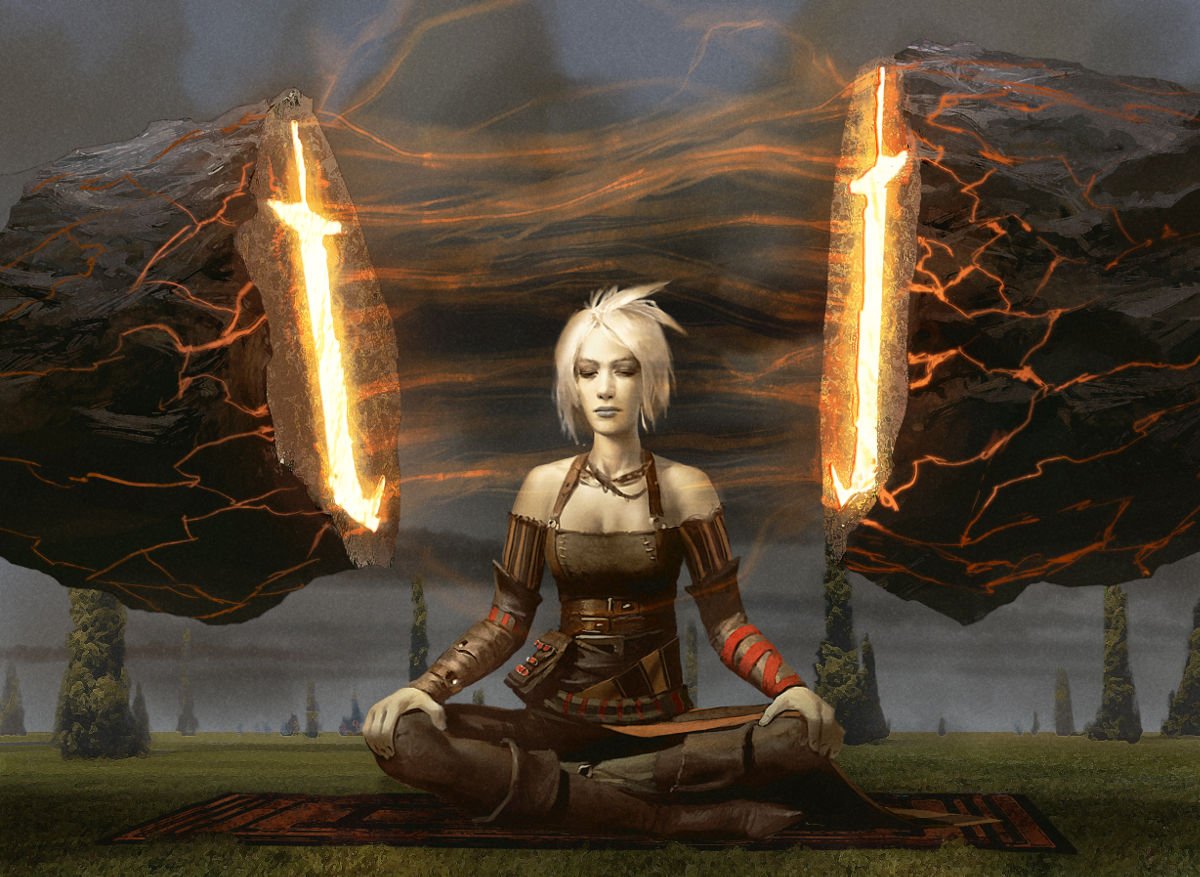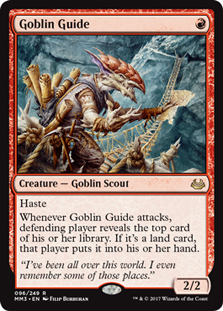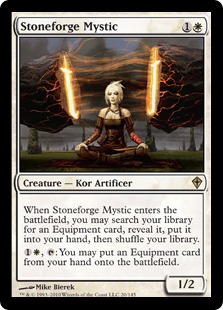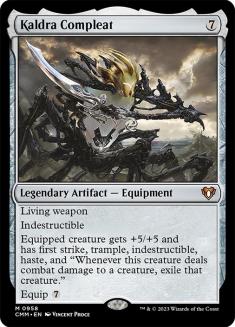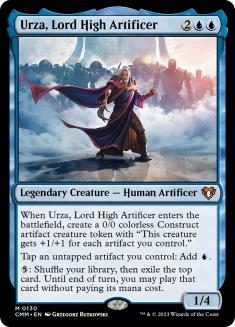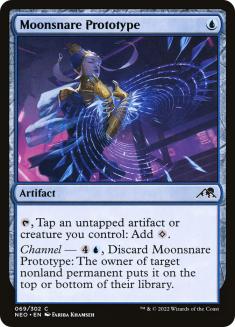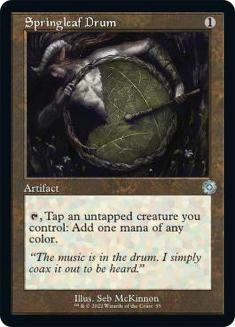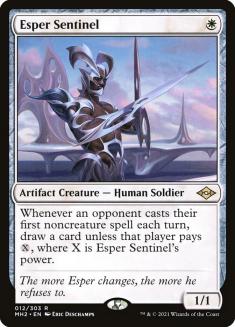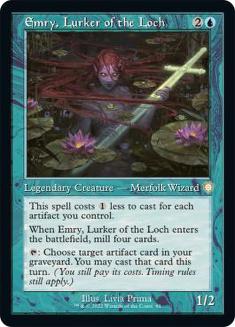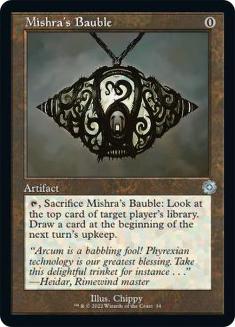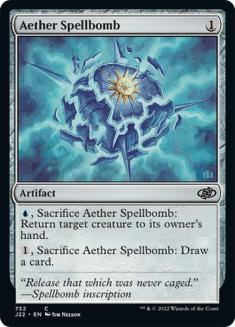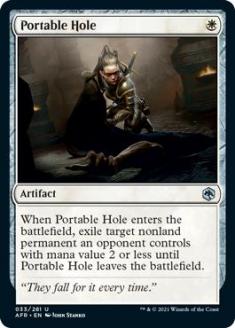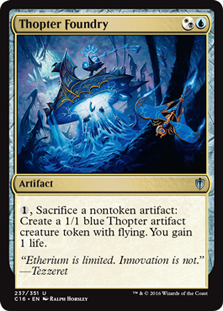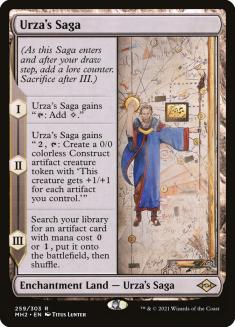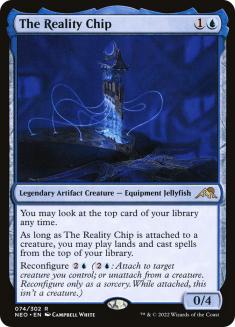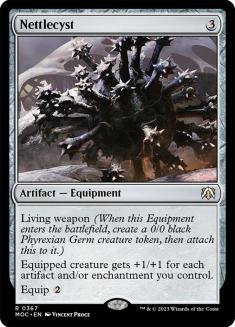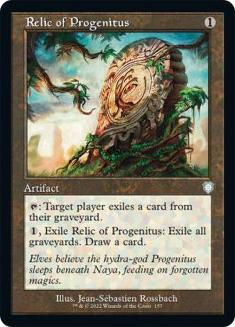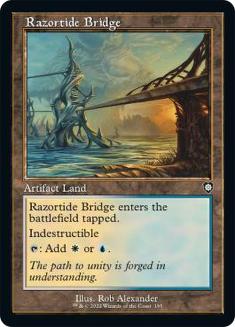I am an Azorius faithful in the Modern format. There is no doubt in my mind that it is a top-tier deck, one that feasts on most decks playing a fair game of Magic. The return of Counterspell, the printing of outstanding removal, and the continuing dominance of planeswalkers make Azorius Control the easy choice for those unsure with their deck selection.
I continue to champion the inclusion of Chalice of the Void, since the removal of Lurrus of the Dream-Den did not prompt the masses to remove cheap spells from their decks. The top players of Modern continue to utilize zero and one-mana spells, making Chalice of the Void a stud in control. Losing Snapcaster Mage and its army of cheap cantrips hurts, but the trade-off is still worth it.
With a couple of weeks until SCG CON Dallas, my hardest decision involved some sideboard alterations. Mono-Red Aggro is on the rise, requiring Azorius Control to dedicate specific hate to stay competitive with that matchup. I refuse to embark into a tournament, where Goblin Guide is a huge favorite against me. These slight changes were still in the works, while I spent a few moments to look over the results from SCG CON in Indianapolis. A deck I adored landed in the Top 4, even though I never thought it was competitively viable.
Creatures (15)
- 4 Stoneforge Mystic
- 4 Urza, Lord High Artificer
- 2 Emry, Lurker of the Loch
- 4 Esper Sentinel
- 1 The Reality Chip
Lands (23)
Spells (22)
- 3 Aether Spellbomb
- 3 Mishra's Bauble
- 1 Sword of the Meek
- 1 Springleaf Drum
- 1 Relic of Progenitus
- 3 Thopter Foundry
- 1 Shadowspear
- 4 Portable Hole
- 1 Kaldra Compleat
- 4 Moonsnare Prototype
Sideboard

The unbanning of Stoneforge Mystic was one of my many crusades to free cards that never should have been banned in Modern. Once Jace, the Mind Sculptor made it out, it was obvious that the Kor Artificer was next in line. Modern is a brutally fast format, with aggro and combo decks threatening Turn 3 victories on a regular basis. The threat of putting a Germ token on the battlefield, even with some strong Equipment attached, is nothing to worry about in that arena.
Once Stoneforge Mystic made its way into the legal card pool, it saw some play, but did not light up the charts. This moderate success has continued to the current metagame, where this masterpiece arose.
Stoneforge Mystic is an integral piece of this deck, producing the fast clock with Kaldra Compleat or completing the Thopter Foundry combo with Sword of the Meek. This trickery is not a new phenomenon to Modern, which indicates that this interaction is not the main attraction. I have resolved more Stoneforge Mystics than anyone out there, but I know when a card is failing to meet the power level moment. It needed some help and this deck delivered.
For those who follow my work, you know I am a sucker for artifacts in Modern. From a Regionals win right before the pandemic with Four-Color Grinding Breach, to a year dedicated to Ironworks Combo, I am always looking for a reason to play Urza, Lord High Artificer. Urza may be the team captain of this deck; however, the power comes from the cheap artifacts that precede it. Mishra’s Bauble is still legal in Modern, surviving the bannings of Mox Opal and Arcum’s Astrolabe. Even with those pieces gone, Urza still finds a way to remain competitive, utilizing its immediate mana use when it hits the battlefield.
I spoke to the person behind the decklist, Josh Shields, and picked his brain a bit about a few of the card choices. Many of them I understood, and some I needed elaboration on. The biggest hitters in this deck, which fuel the greatness of Urza and Stoneforge Mystic, only cost one mana. If someone told me to play a bunch of copies of Springleaf Drum, or cards like it, I would have swiftly ignored them. After seeing this list, with four copies of Moonsnare Prototype and one copy of Springleaf Drum, I fell in love instantly. The creature requirement to play this type of mana acceleration was always a deal-breaker for me – until I saw Esper Sentinel, Stoneforge Mystic, and Emry, Lurker of the Loch in the same deck.
I have not played Esper Sentinel much, but I immediately see how good it is in the current Modern metagame. It annoyed me from the control perspective, but it is just as strong against aggressive decks. It taxes the opponent’s spells, adds to the artifact count, and lets Prototype and Drum produce mana, making it a bombshell in this deck. The first League I played with Azorius Stoneblade involved many resolutions of Esper Sentinel, with my ending record being 4-1 (one loss to the mirror). Many of the wins came off that one-drop, even when it did not arrive on the first turn. Topdecking artifacts later in the game fuels all aspects of Urza, Urza’s Saga, and leftover Moonsnare Prototypes.
Josh knew about the power of Esper Sentinel, but was a bit cautious with Emry. He told me it was a late addition, and I am guilty of overhyping this creature in every deck I play. It has always been a stock four-of, regardless of the format or the surrounding metagame. I landed on three copies, as opposed to his two, and it has been amazing. We both agreed it is another must-kill target, taking the heat away from mid-game Urza, a card that will end the game if left unchecked.
Emry thrives in this deck more than others since the artifact count is so high. This initial list plays 25 artifacts, if you count two Razortide Bridges, getting it close to an Affinity level. The number of cheap artifacts is what amplifies the power of Emry, especially in the zero-mana department. This led our conversation to a question that I am sure he was asked a million times: why only three copies of Mishra’s Bauble?
Josh gave me an incredibly detailed answer on why he tormented Magic Twitter with such a decision. The short answer was he could not find space, a conundrum that also plagued me while tweaking this list. This deck is tight, with many cards required to maximize Urza, Stoneforge Mystic, Thopter Foundry, and Urza’s Saga. I decided that the fourth copy was necessary, and I had to get it in the list. Mishra’s Bauble is too good, in this deck and in the general format, especially with the artifact theme. There are very few decks that will play less than four copies of it in their deck. They do it just to have the ability to play a 56-card deck, while having artifacts in the graveyard to produce delirium.
Beyond the extra Mishra’s Bauble and Emry I added, the other changes are preference-based. This list was exactly what I needed to see to excite me in Modern, and here is the official list I am leaning on for SCG CON in Dallas.
Creatures (15)
Planeswalkers (1)
Lands (23)
Spells (21)

I did not stray from Josh’s original list much. The powerful creature package is enhanced by the critical mass of hyper-efficient, cheap artifacts. Reducing the number of those artifacts would be detrimental to this version of Azorius Stoneblade, so deckbuilders should tread carefully. The protection and disruption that Aether Spellbomb provides is something I am well versed in, as it has been a staple in most of my artifact-based decks in Modern. It is great with Urza and Emry, while also having the cycling-like function in a pinch. These attributes ignore the primary purpose that the creators of this card intended, being able to Unsummon an enemy creature at any moment.
I did not need any convincing on Aether Spellbomb, unlike Portable Hole, a card that I have never placed on the battlefield in Modern before.
Portable Hole is the best removal spell an artifact-based deck in Modern has ever had. There is no need for a reduction in metal to add removal in Azorius Stoneblade; Portable Hole does all the heavy lifting. It removes most early threats from existence for only a single mana, and then remains on the battlefield to boost all the broken cards in the deck. From tapping it for mana with Urza and Moonsnare Prototype to amplifying the power of Constructs, Portable Hole is the reason this deck functions so well. This effect was missing from the earlier iterations of Urza decks, where I feared for my life when anything resolved on Turn 1 or Turn 2. With this deck, I have no fear when my opening hand has a Portable Hole, regardless of the threat produced on the other side of the battlefield.
This deck operates as an immediate-pressure Stoneblade deck, with a Kaldra Compleat crashing in on Turn 3. In another, equally likely scenario, it grinds out the opponent with card advantage through Emry, Esper Sentinel, and Urza’s Saga shenanigans. Regardless of which of these early-game play patterns resolves, the mid-game has the ultimate Urza experience, producing an additional Construct and opening the floodgates with an extreme mana advantage. Within these layers in Azorius Stoneblade, the possibility of Thopter combo persists. At any moment, enough flyers and life (infinite with Urza) can bring a swift end to a game. The multitude of victory avenues, combined with its consistency, makes Azorius Stoneblade a force to be reckoned with.
As I mentioned, I made a few changes based on my play style and preferences. The Reality Chip was the first cut for me, since it would rarely be a target of Stoneforge Mystic. I am snagging Kaldra Compleat and hoping that is enough to win the game on its own. If it is not, I am picking up a combo piece, or a tool for lifegain. There are few scenarios where I am using The Reality Chip, even though the card has a pretty sweet design. This Equipment logic also goes for Nettlecyst, which I removed from the sideboard. Neither card fits my vision of the deck, but I do see the value and motives that Josh had when he selected them.
The next cut was the maindeck copy of Relic of Progenitus. Having one in the maindeck makes sense as an Urza’s Saga tutor; however, that can be a slow response against a strategy that punishes procrastinators. I fully agree with three in the sideboard, and could live to regret removing my one out against heavy graveyard users in Game 1. As it stands, my version of Azorius Stoneblade has increased its early-game consistency, while sacrificing some of its range against the broad field. My final chapter of Urza’s Saga is much more boring than Josh’s without Relic of Progenitus and with the loss of Springleaf Drum.
Cutting Springleaf Drum could be a result of my predisposed bias against this type of effect, or a direct result of Moonsnare Prototype’s excellence. This further reduces the range of Urza’s Saga at the end; however, the number of times I am tutoring up a Springleaf Drum is low. At this point in the game, I am producing cards, removing threats, or protecting my assets. The extra mana can be useful in a pinch to summon Urza when resources are low, but that scenario has not popped up for me. Moonsnare Prototype is a strong renovation of Springleaf Drum, which has spoiled me. I know I cannot fetch it up, but that is not enough for me to continue with the lackluster alternative.
The final cut that was non-controversial was a Razortide Bridge. It is likely that I cut the other one, based on my personal preference. Lands that enter the battlefield tapped, artifact or not, hurt these low-curve Urza decks. I still have one copy to see how often it torpedoes my gameplan. When I had two copies, it came up a couple of times each League, making it an easy cut. I replaced it with a Polluted Delta to help the mana requirements early and partner up with Mishra’s Bauble for card selection purposes.
I mentioned all the cards I added, except for one. A low-curve Azorius Stoneblade deck can never leave my production table without playing the best card in those colors. Teferi, Time Raveler snuck into the list, one copy in the maindeck and one in the sideboard, to add another layer of disruption that some opponents cannot handle. Teferi is too good in every format it is legal in to be left out here, even when the artifact theme is so strong. After I get more reps in with this deck, expect to see that number increase to three total in the 75.
I am not sure if this deck is better than Azorius Control, but it is more dynamic. There are so many ways to win, it is a difficult deck to defeat.

